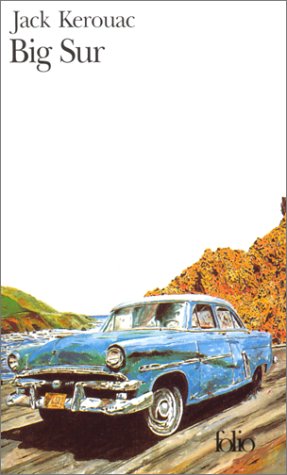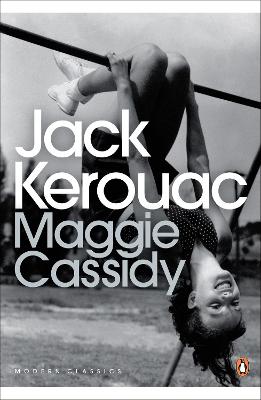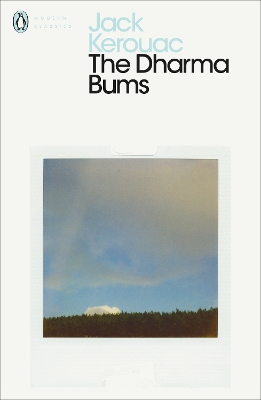Flamingo modern classics
4 total works
A poignant masterpiece of wrenching personal expression from the author of On the Road and The Dharma Bums
In this 1962 novel, Kerouac's alter ego Jack Duluoz, overwhelmed by success and excess, gravitates back and forth between wild binges in San Francisco and an isolated cabin on the California coast where he attempts to renew his spirit and clear his head of madness and alcohol. Only nature seems to restore him to a sense of balance. In the words of Allen Ginsberg, Big Sur "reveals consciousness in all its syntactic elaboration, detailing the luminous emptiness of his own paranoiac confusion."
From the bard of the Beat Generation, Jack Kerouac's Maggie Cassidy is an autobiographical novel of young love, published in Penguin Modern Classics.
Though publishers stopped Maggie Cassidy's Jack Duluoz and On the Road's Sal Paradise from sharing the same name, Kerouac meant the books to be two parts of the same life. While On the Road made Paradise (and Kerouac) a hero for generations to come of the disaffected and restless, Maggie Cassidy is an affectionate portrait of the teenager that made the man - of friendship and first love growing up in a New England mill town. Duluoz is a high school athletics and football star who meets Maggie Cassidy and begins a devoted, inconstant, tender adolescent love affair. It is one of the most sustained, poetic pieces of Kerouac's 'spontaneous prose'.
Jack Kerouac (1922-69) was an American novelist, poet, artist and part of the Beat Generation. His first published novel, The Town and the City, appeared in 1950, but it was On the Road, published in 1957, that made Kerouac famous. Publication of his many other books followed, among them The Subterraneans, Big Sur, and The Dharma Bums. Kerouac died in Florida at the age of forty-seven.
If you enjoyed Maggie Cassidy, you might like Kerouac's The Subterraneans and Pic, also available in Penguin Modern Classics.
'A very unique cat - a French Canadian Hinayana Buddhist Beat Catholic savant' Allen Ginsberg
A witty, moving philosophical novel, Jack Kerouac's The Dharma Bums is a journey of self-discovery through the lens of Zen Buddhist thought. This Penguin Modern Classics edition includes an introduction by Ann Douglas.
Following the explosive energy of On the Road, the book that put the Beat Genration on the literary map - and Jack Kerouac on the bestseller list - comes The Dharma Bums, in which Kerouac charts the spiritual quest of a group of friends in search of Dharma, or Truth. Ray Smith and his friend Japhy, along with Morley the yodeller, head off into the high Sierras to seek the lesson of solitude and experience the Zen way of life. But in wildly Bohemian San Francisco, with its poetry jam sessions, marathon drinking bouts and experiments in 'yabyum', they find the ascetic route distinctly hard to follow.
Jack Kerouac (1922-69) was an American novelist, poet, artist and part of the Beat Generation. His first published novel, The Town and the City, appeared in 1950, but it was On the Road, published in 1957, that made Kerouac famous. Publication of his many other books followed, among them The Subterraneans, Big Sur, and The Dharma Bums. Kerouac died in Florida at the age of forty-seven.
If you enjoyed The Dharma Bums, you might like Kerouac's On the Road, also available in Penguin Classics.
'A vivid evocation of part of our time'
New York Post
'A descriptive excitement unmatched since the days of Thomas Wolfe'
The New York Times Book Review



